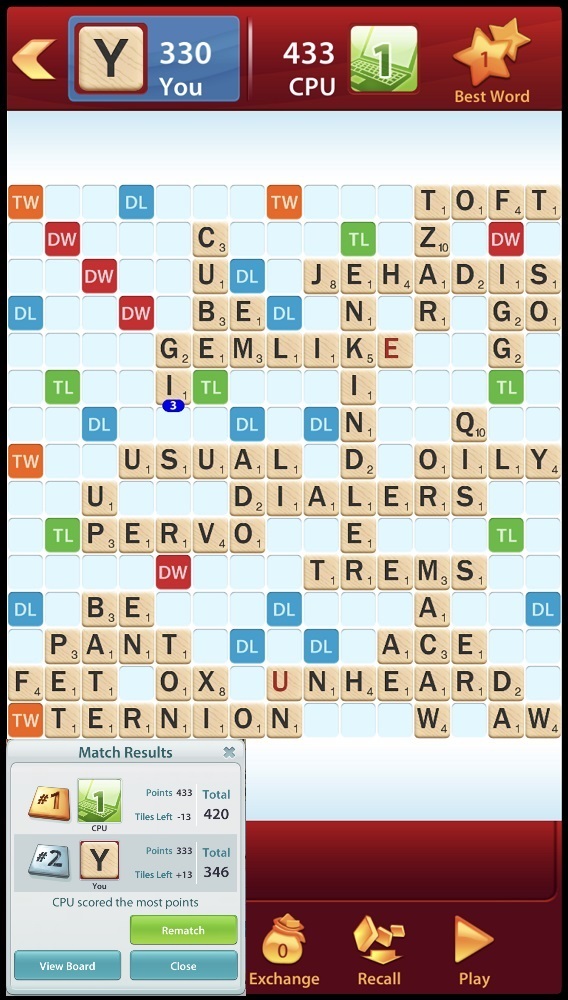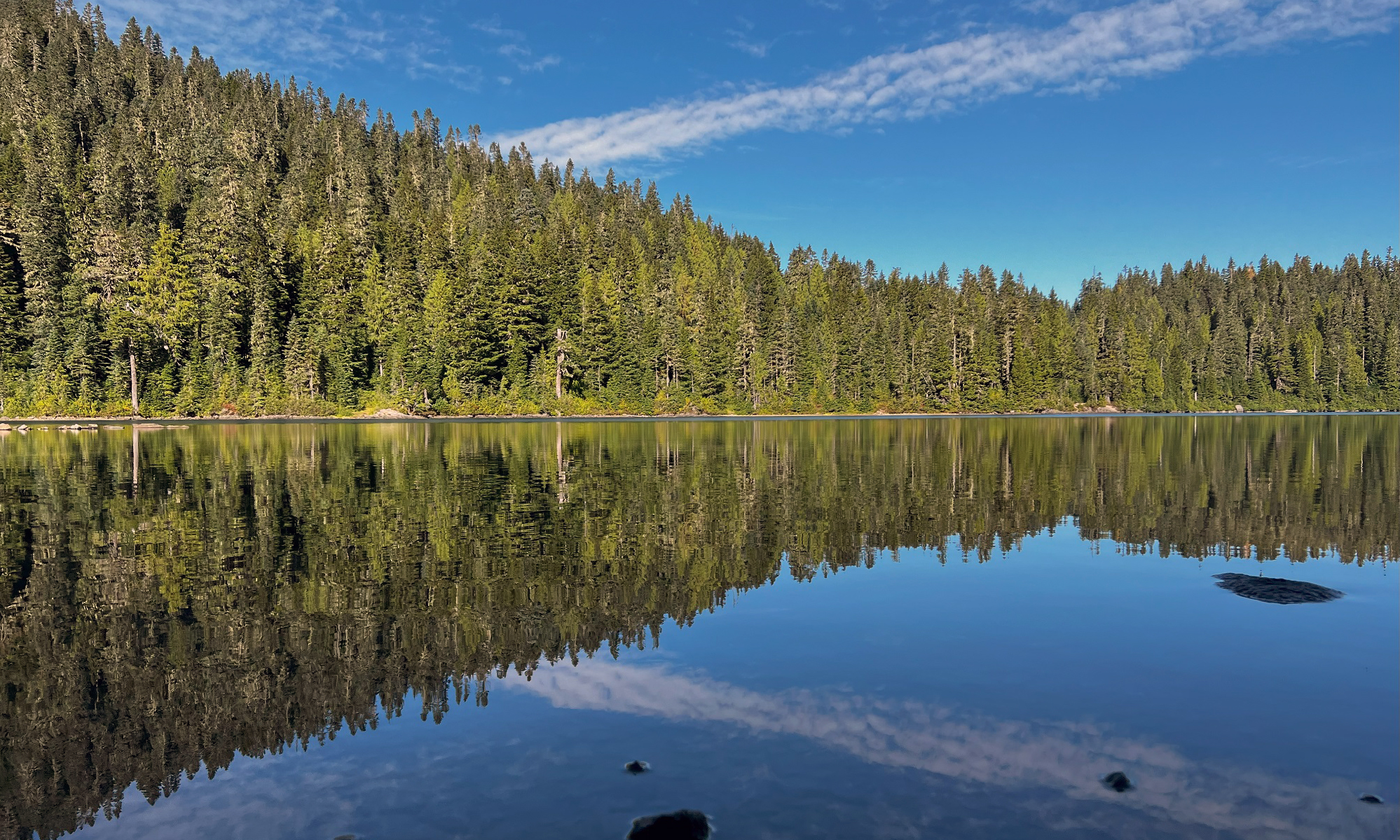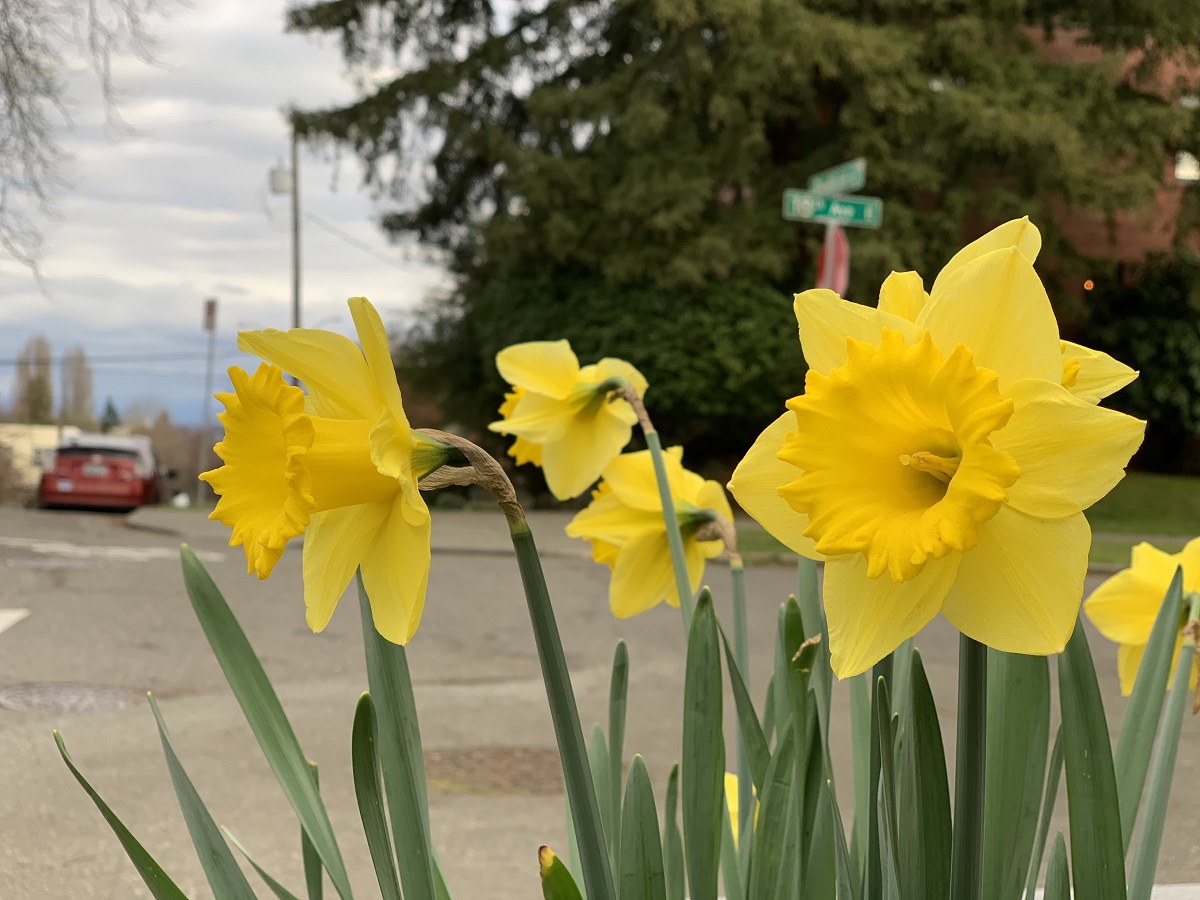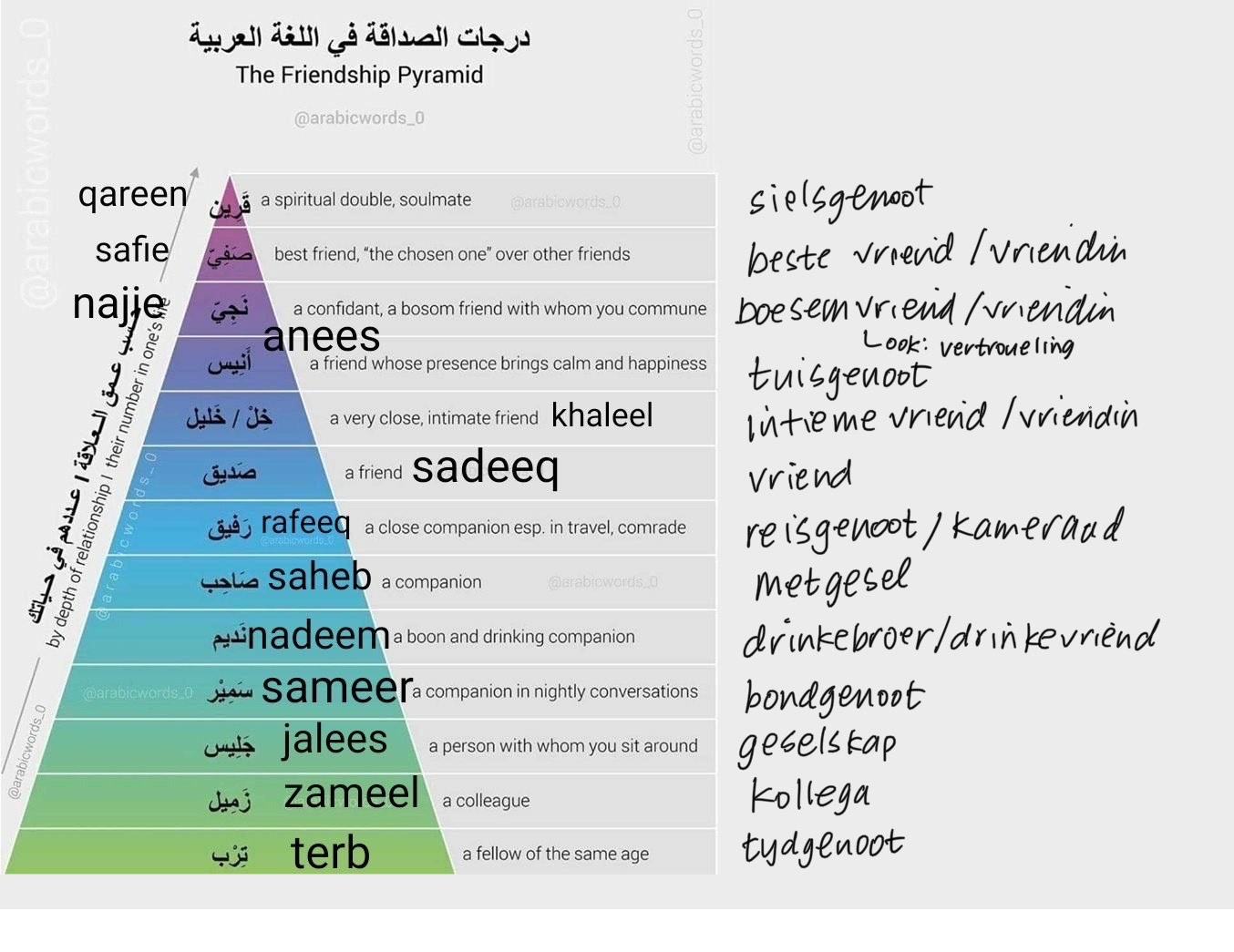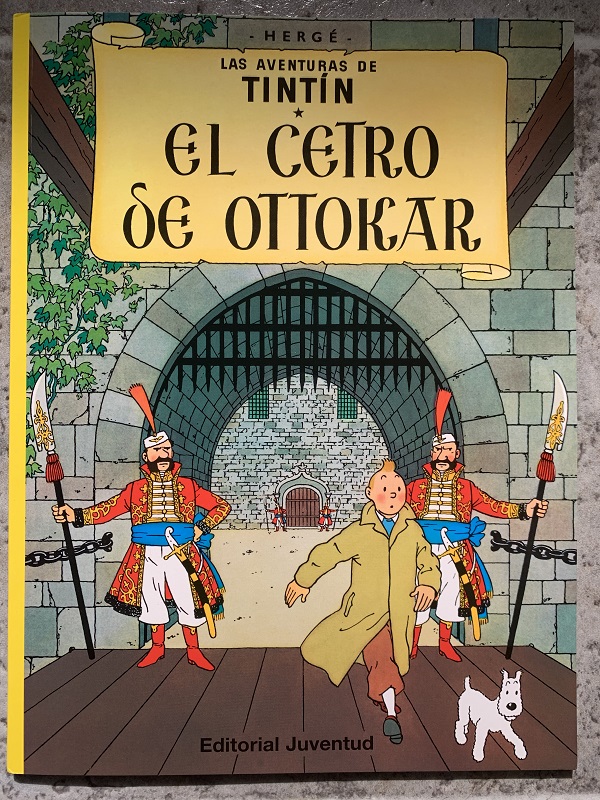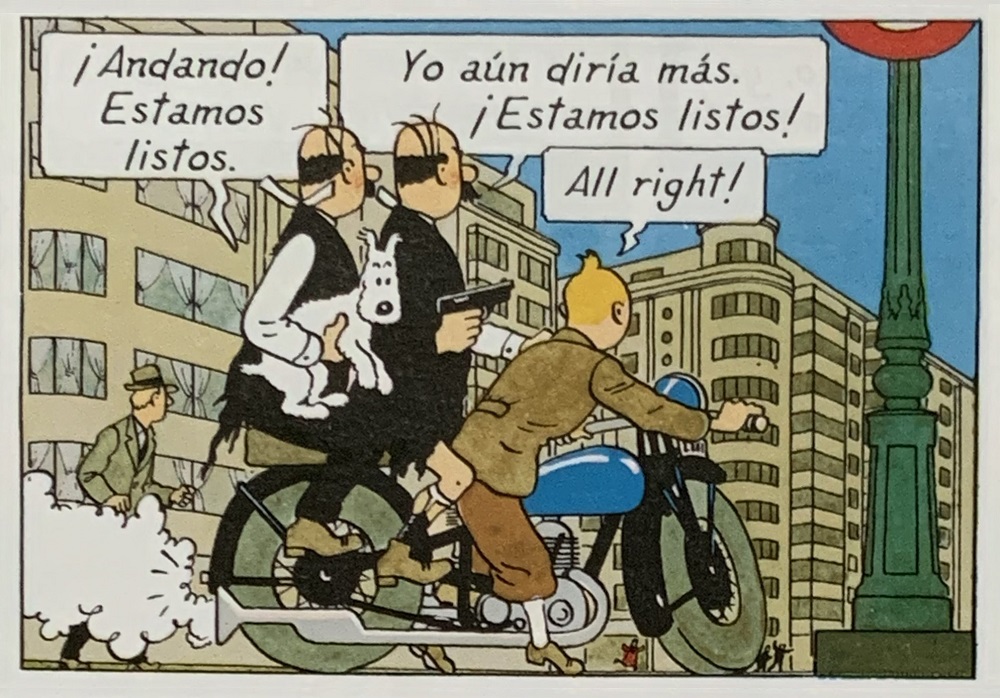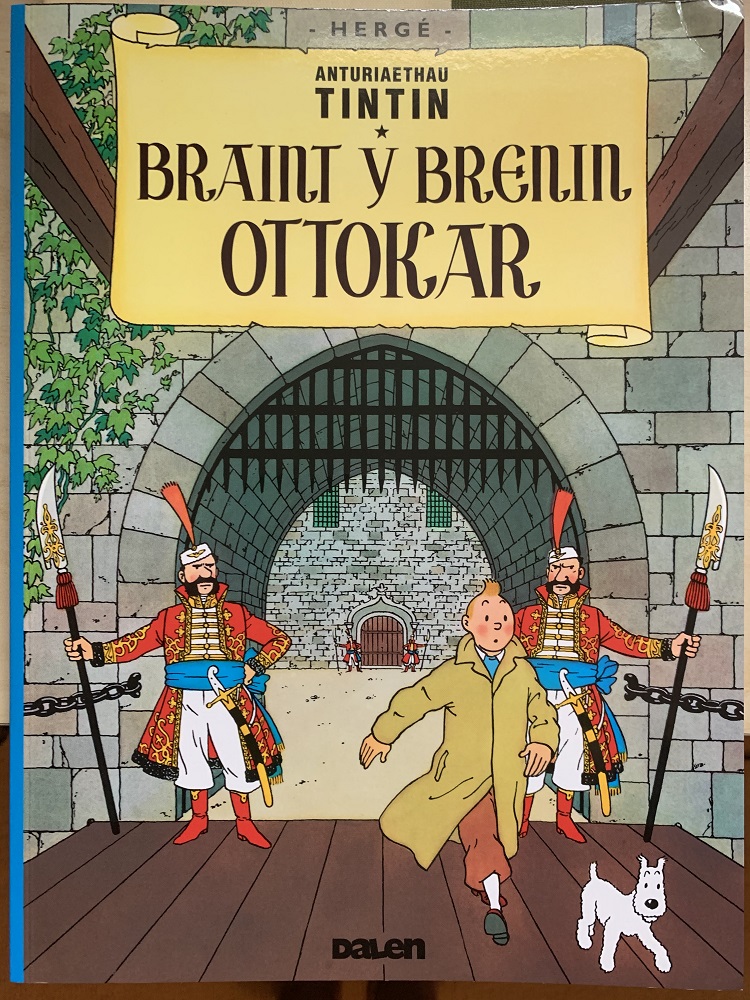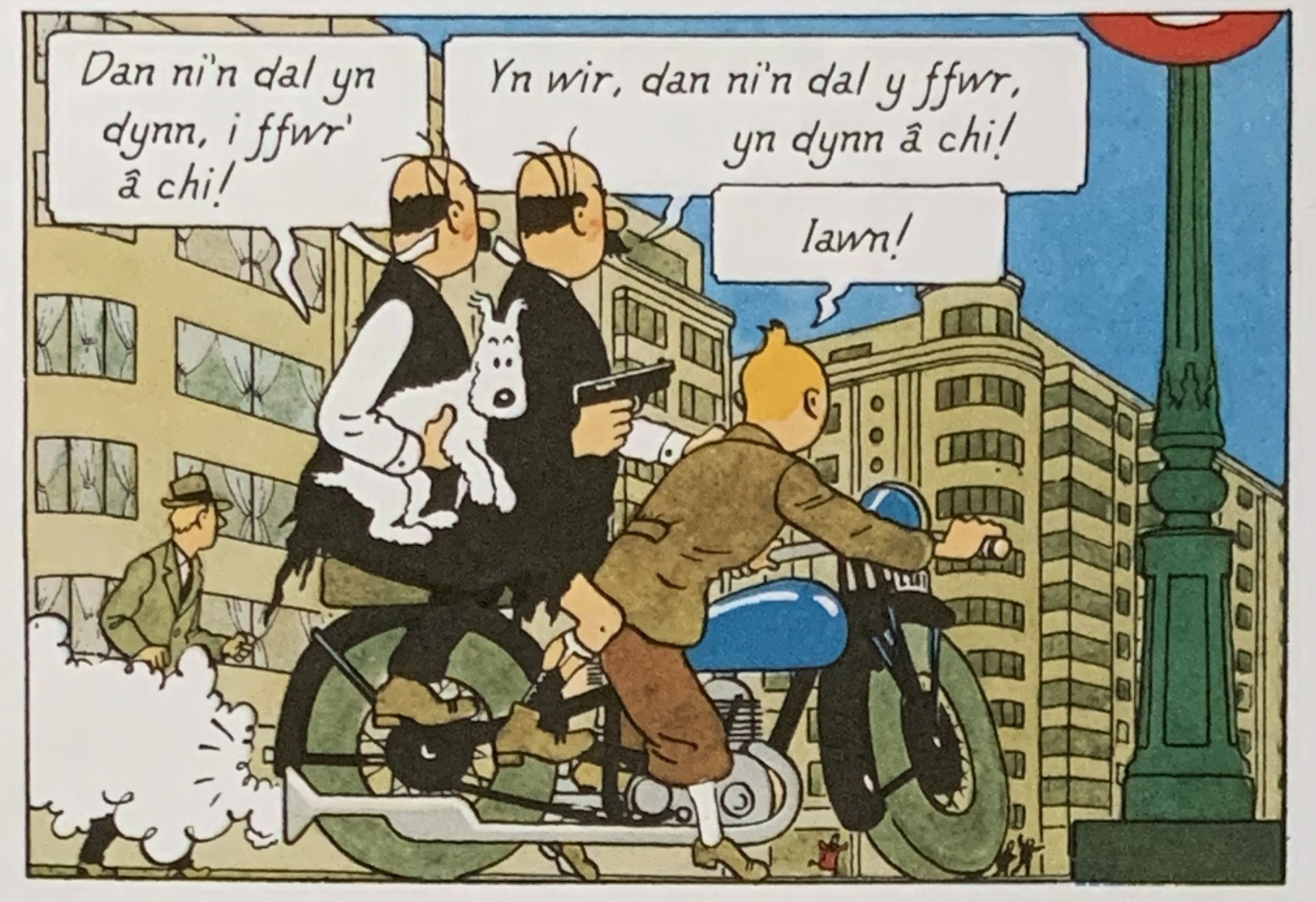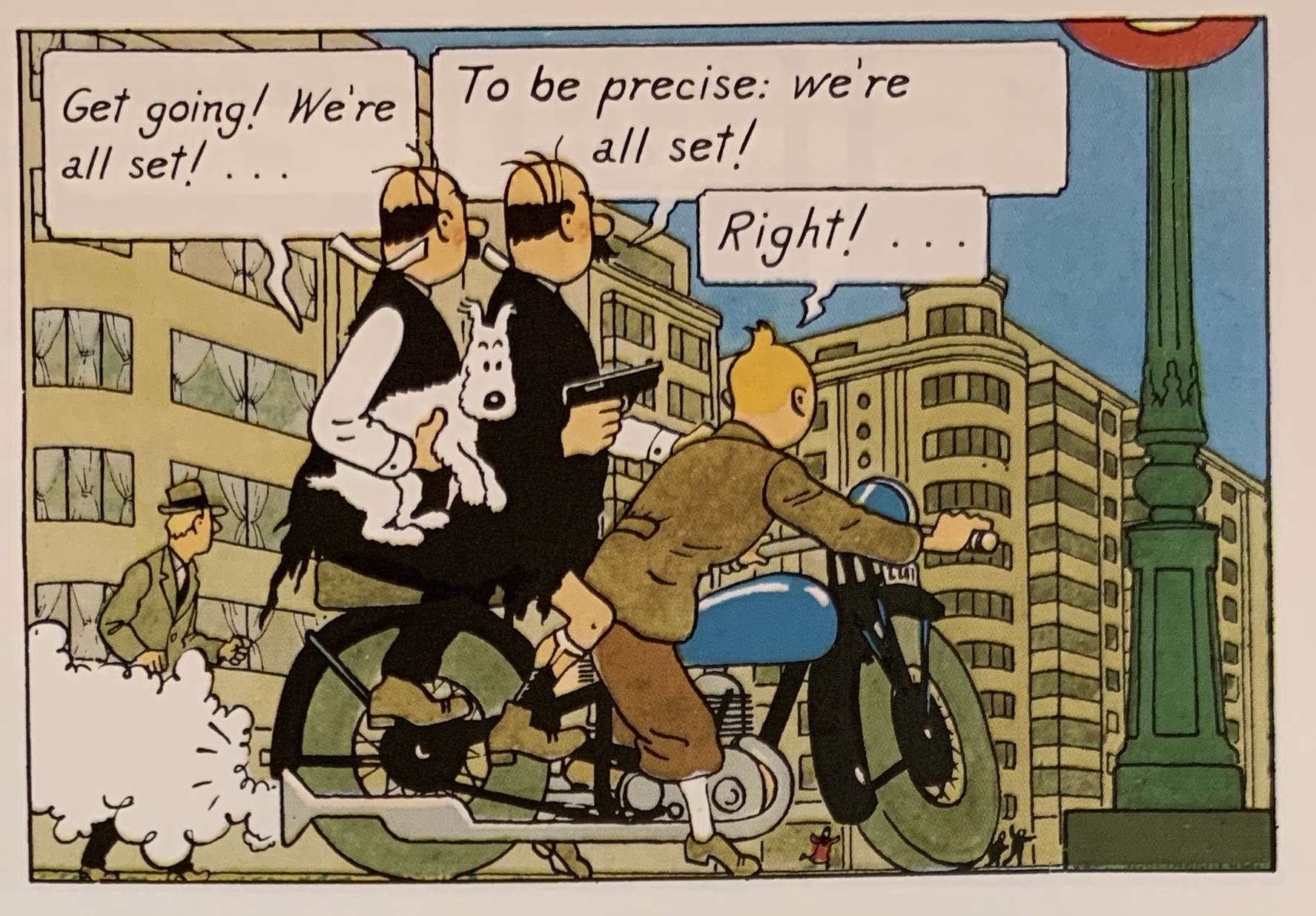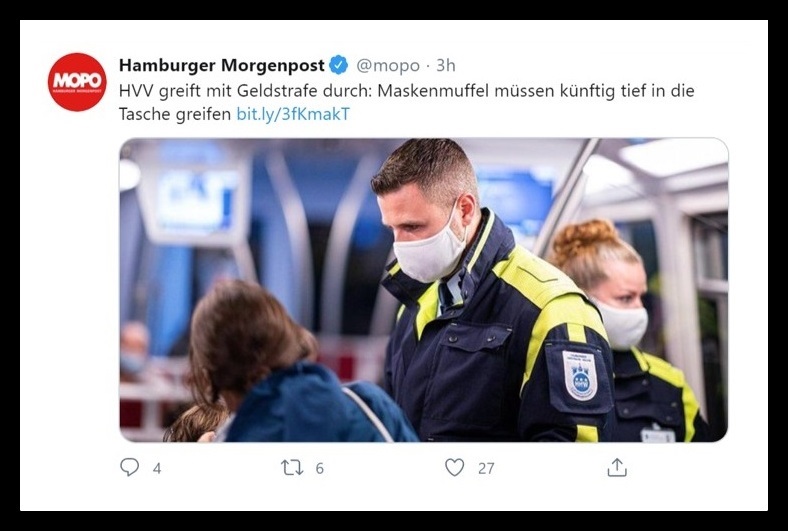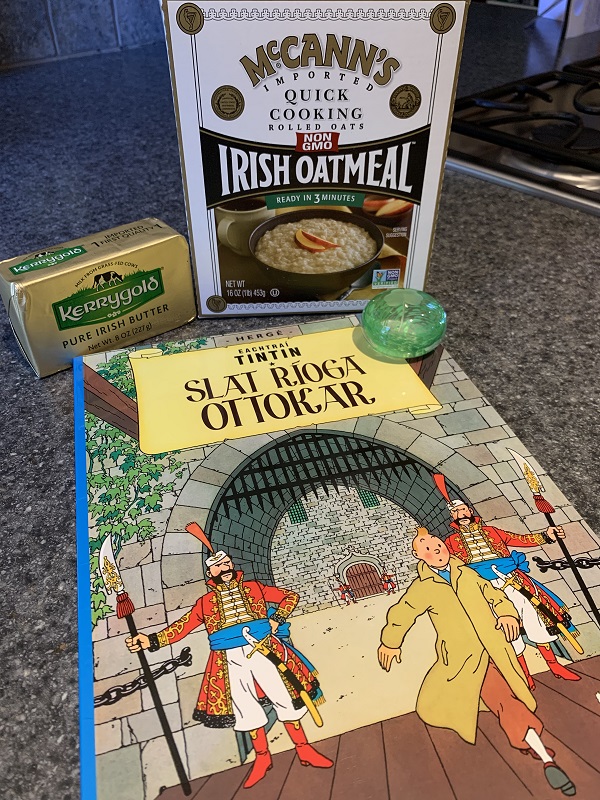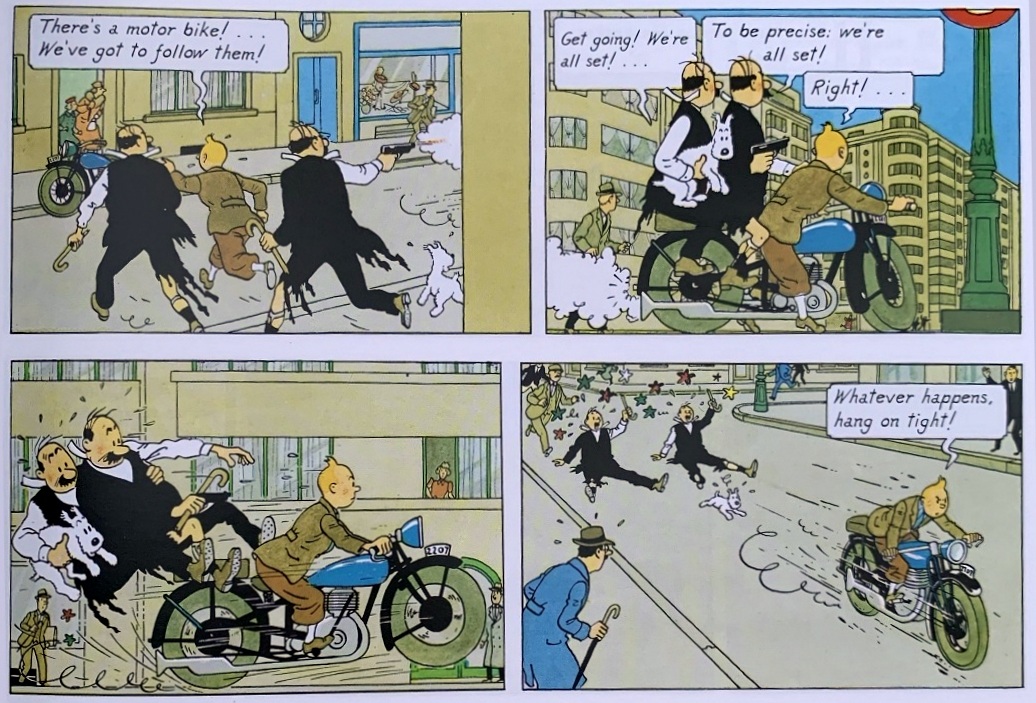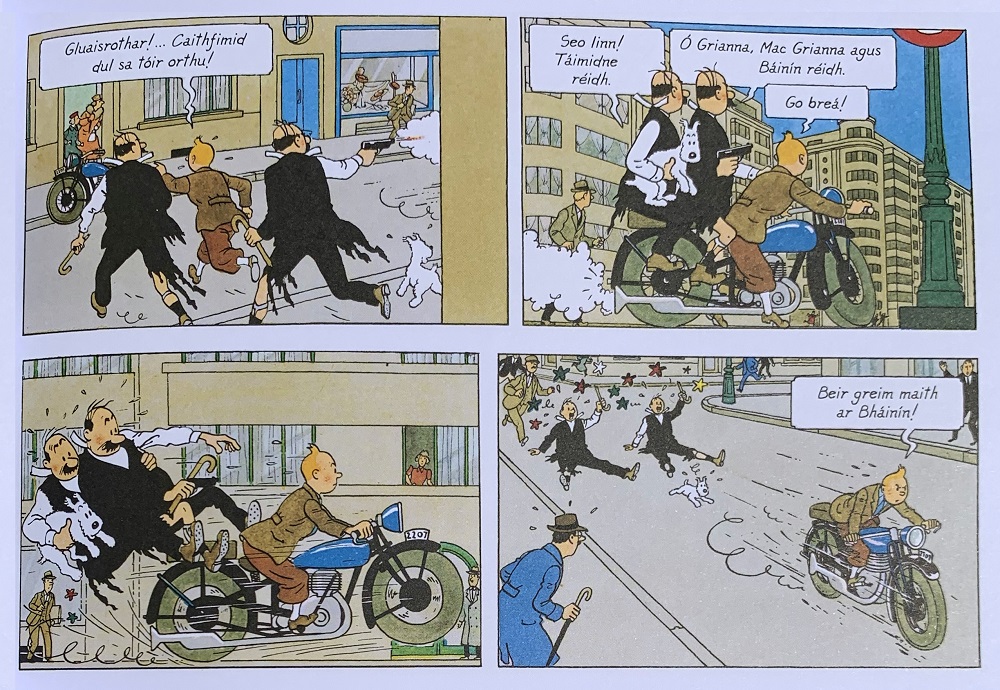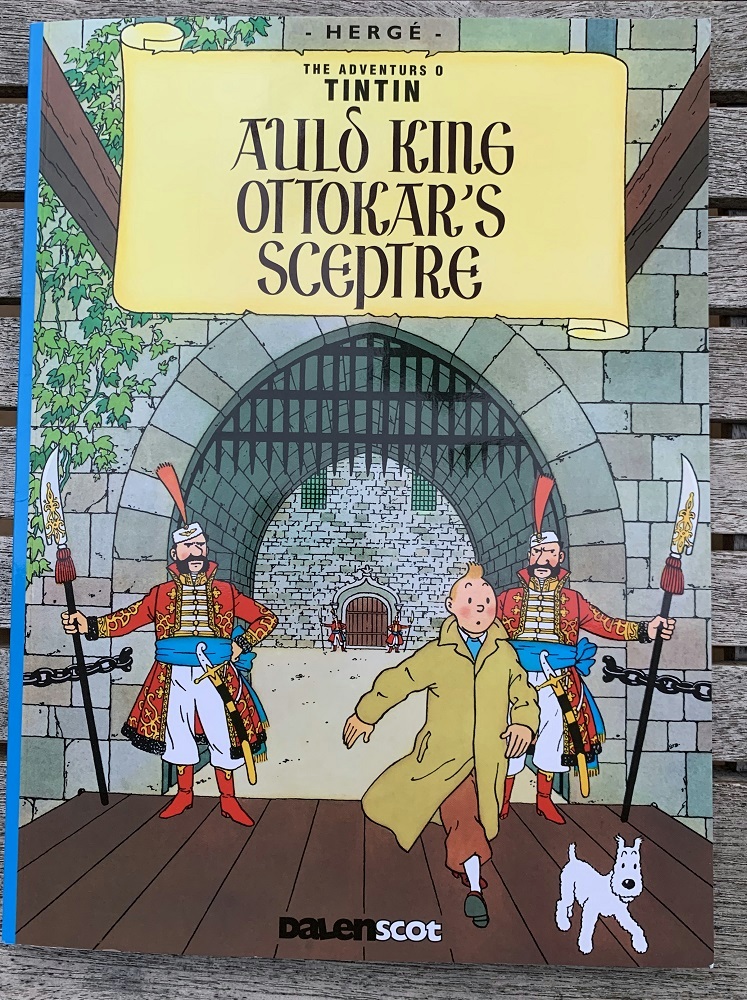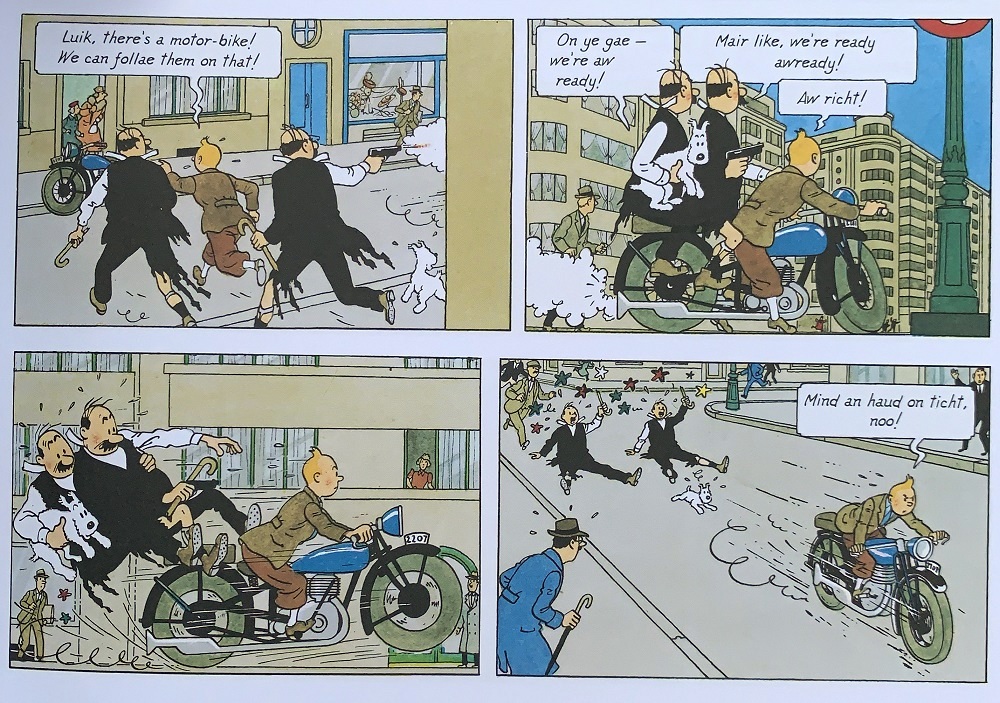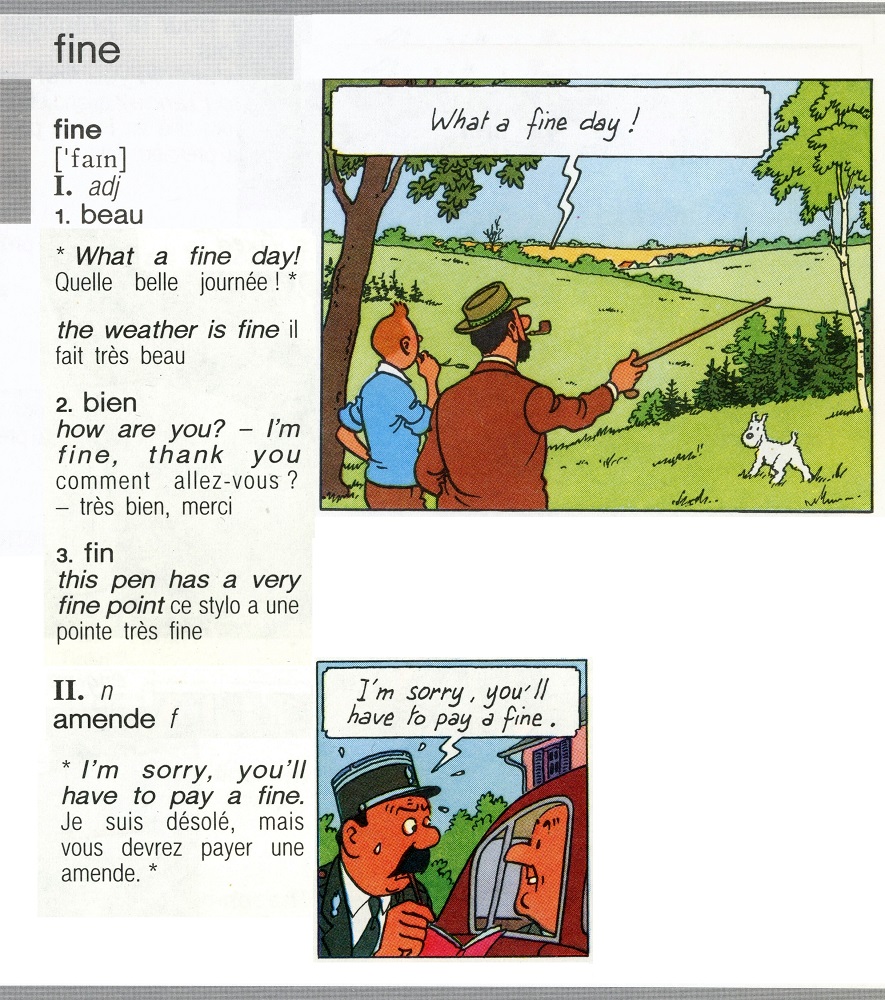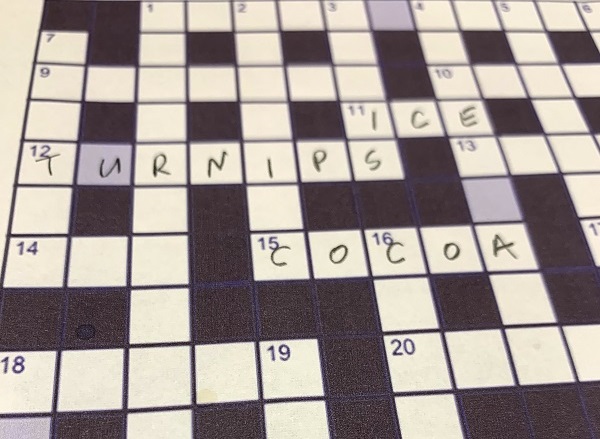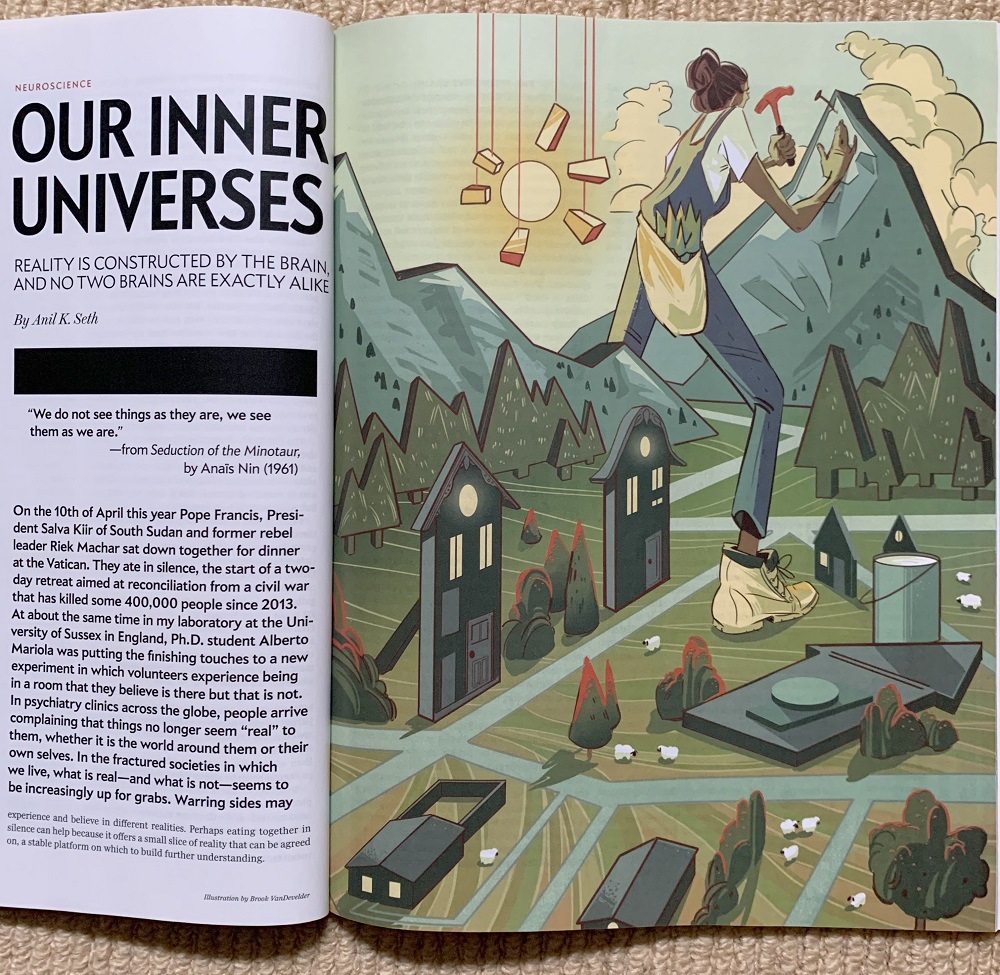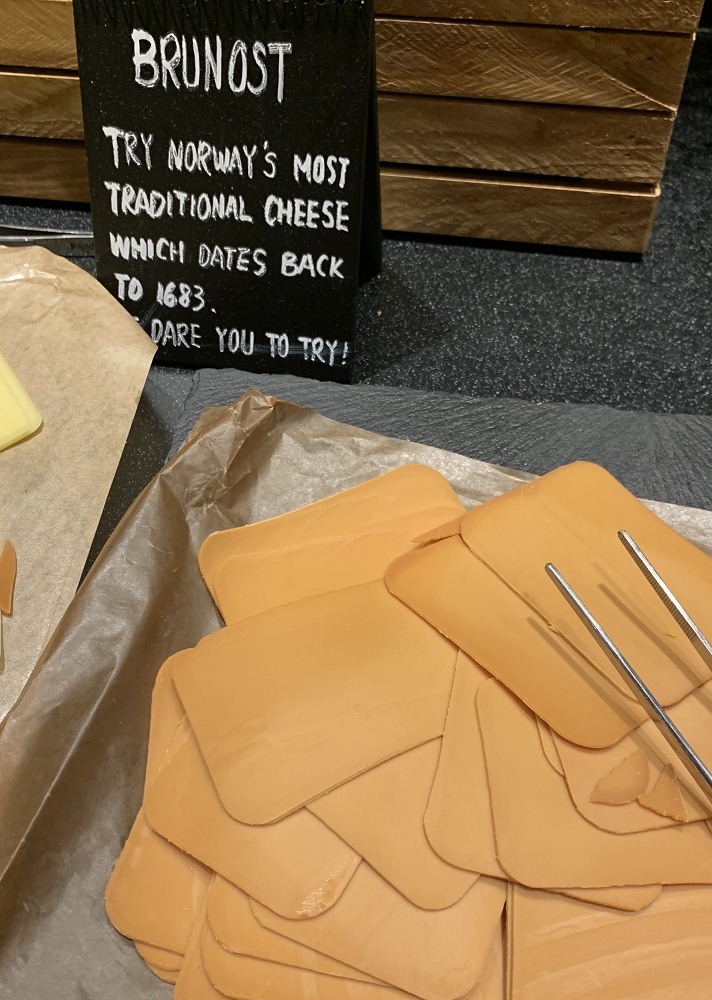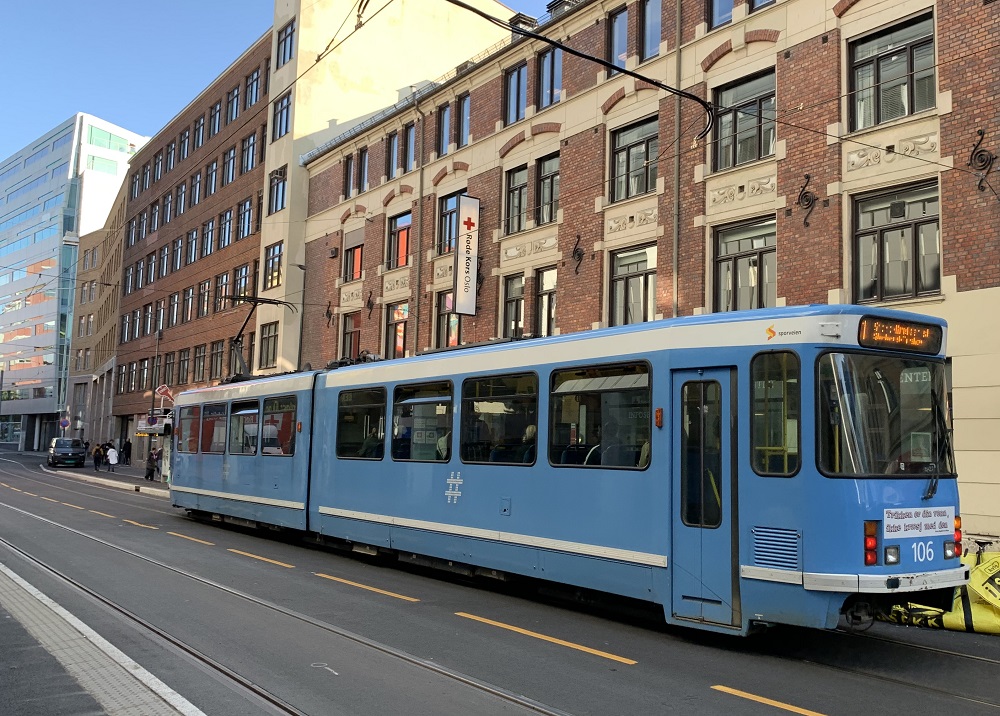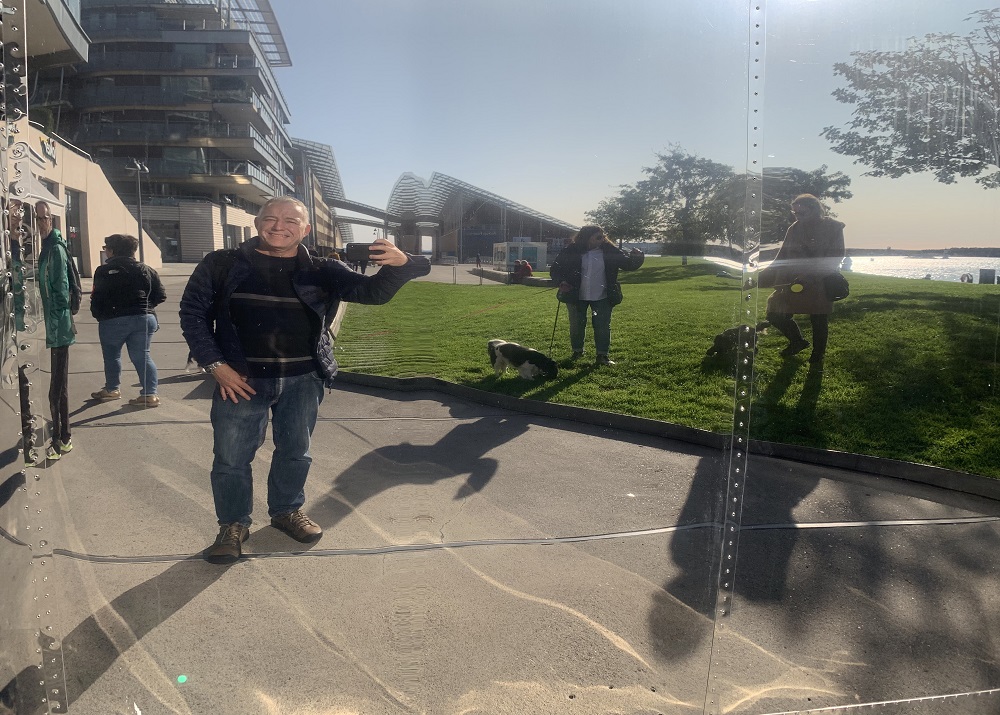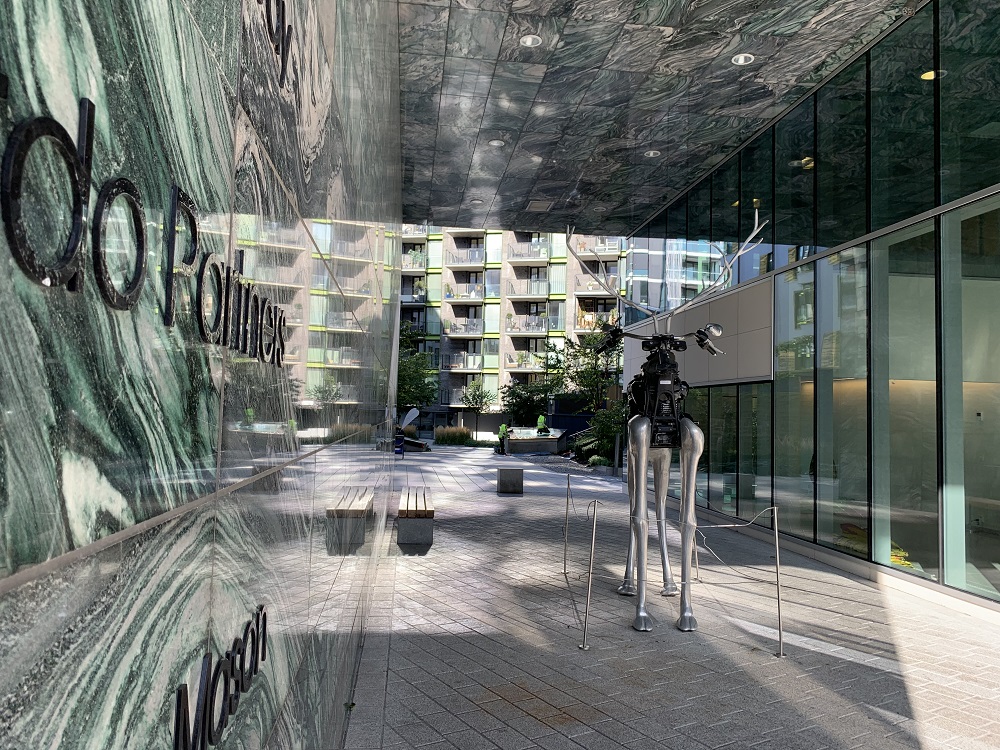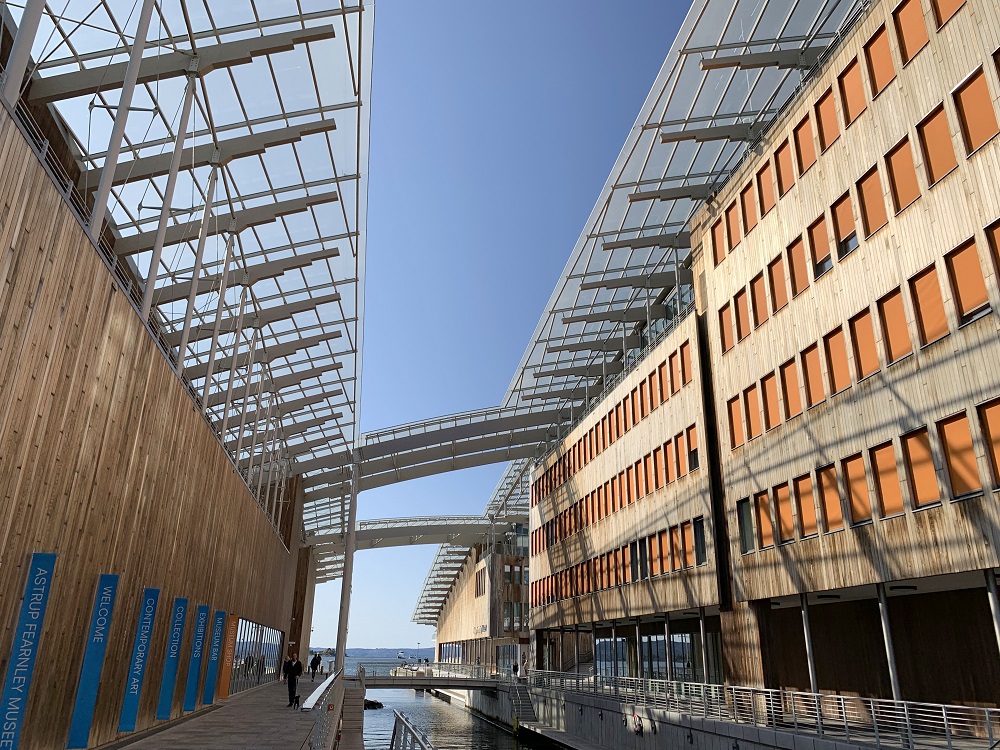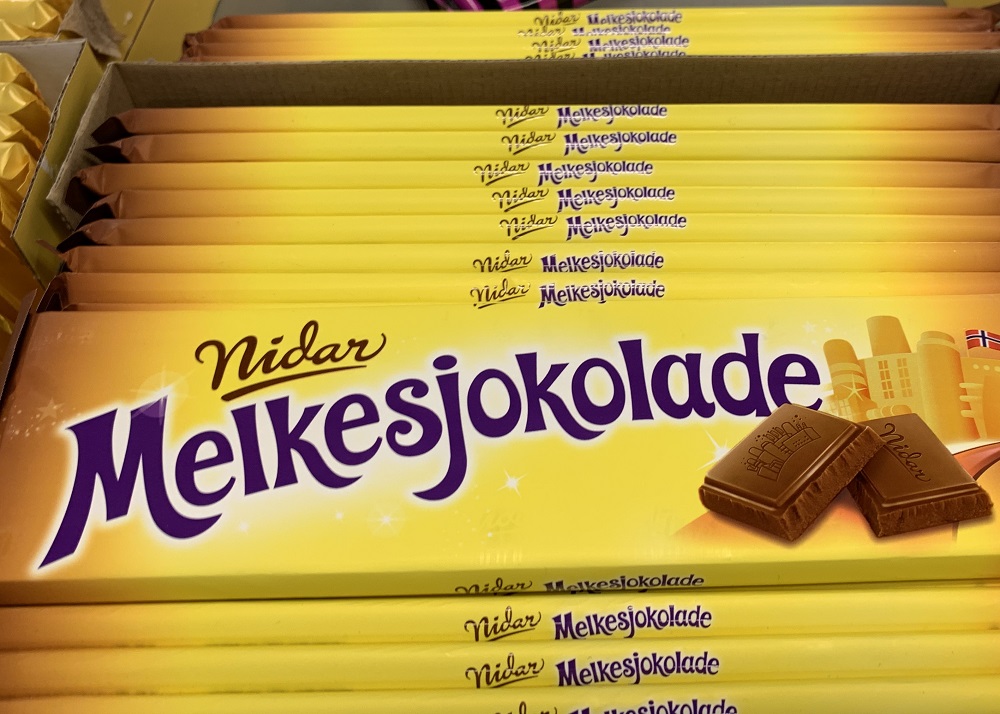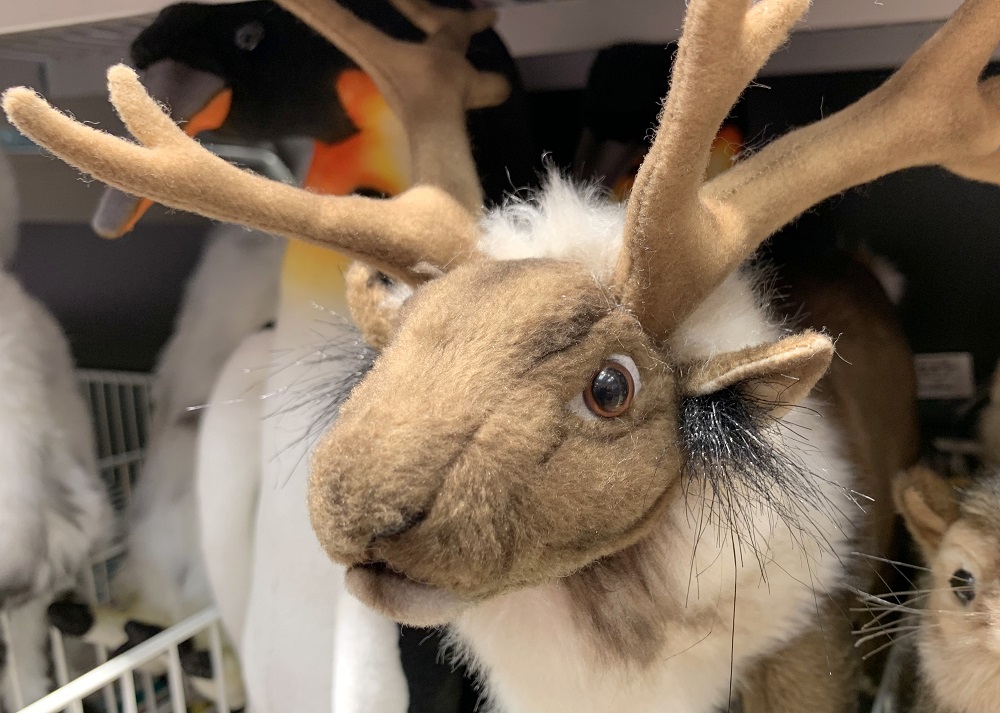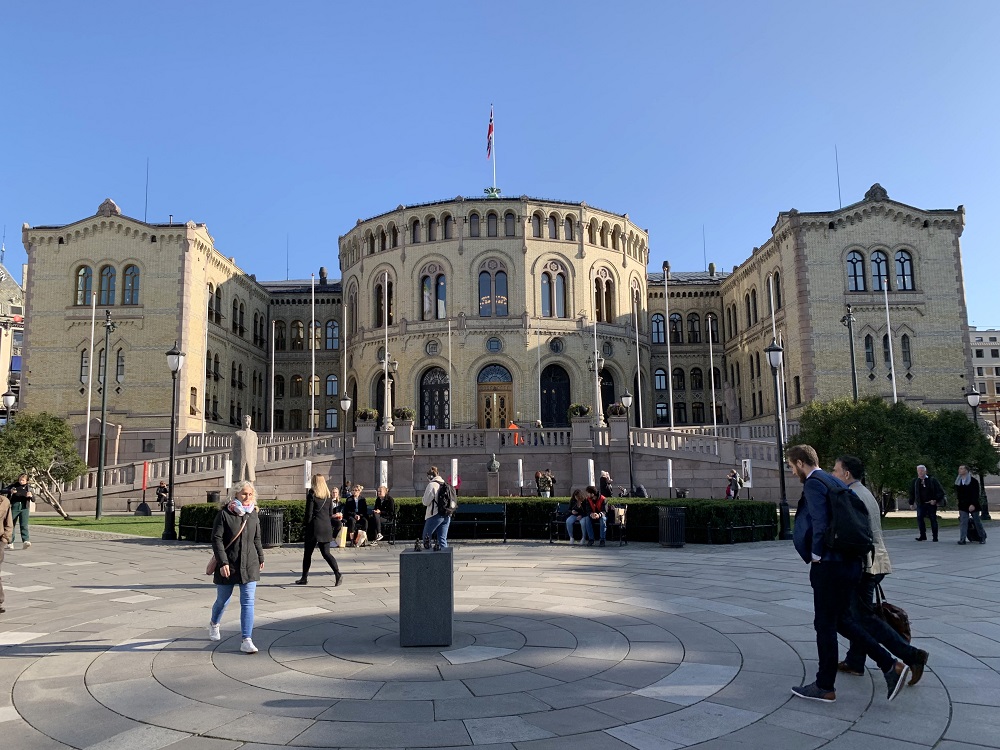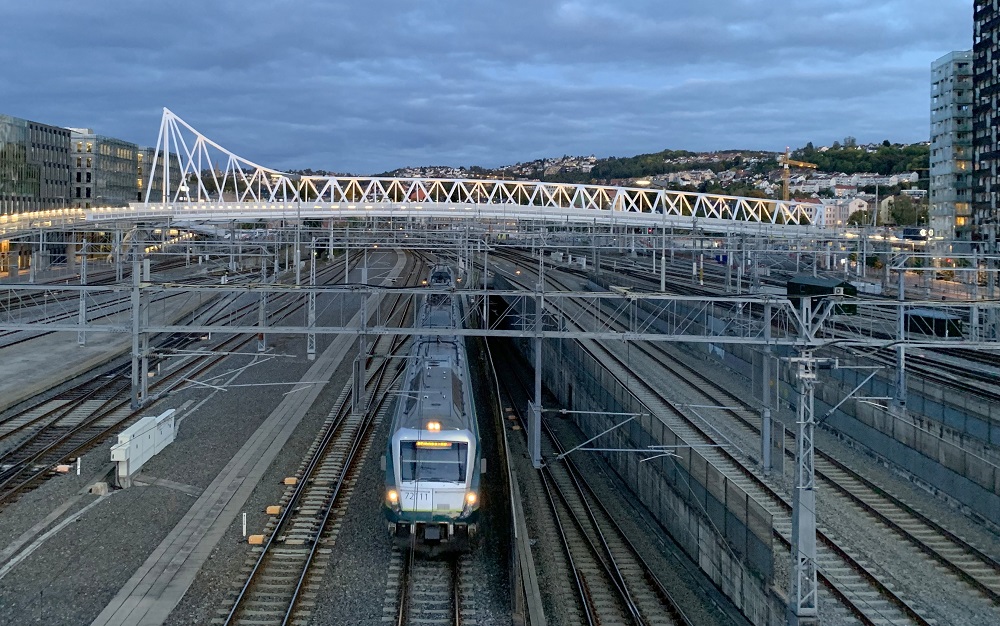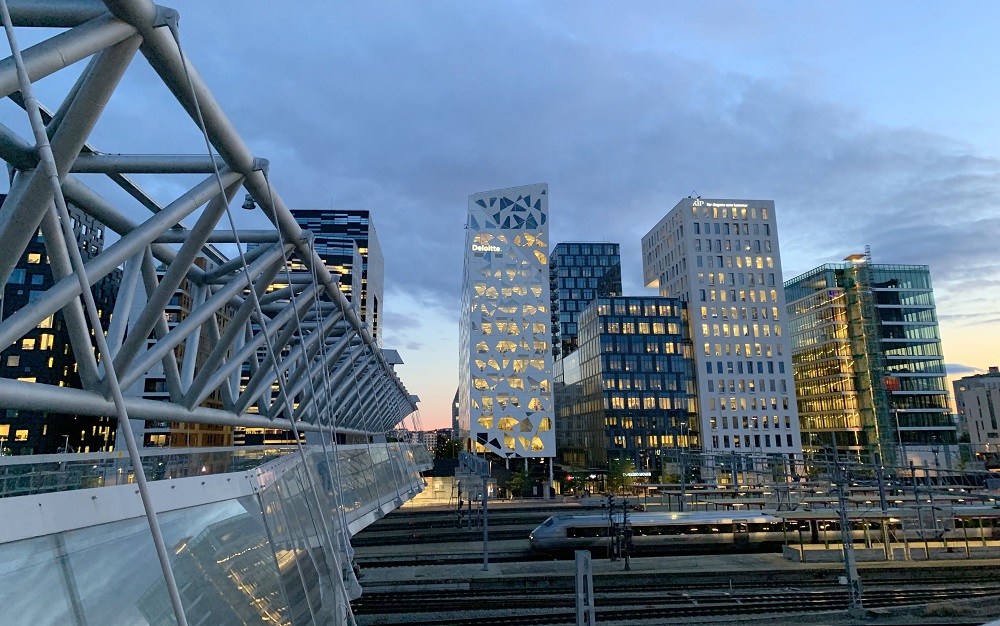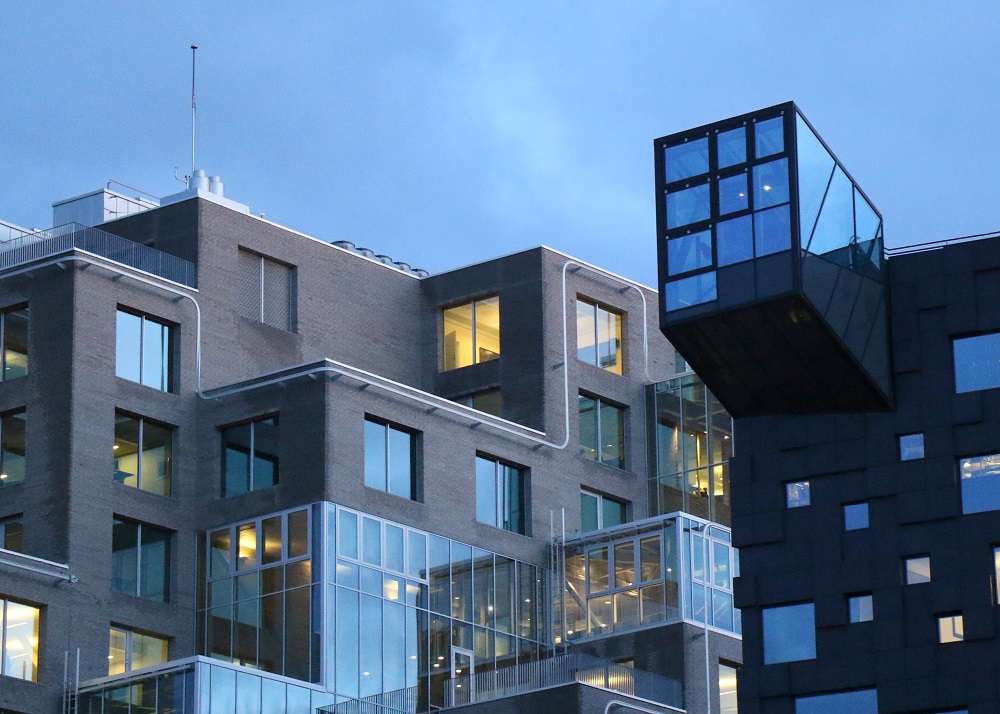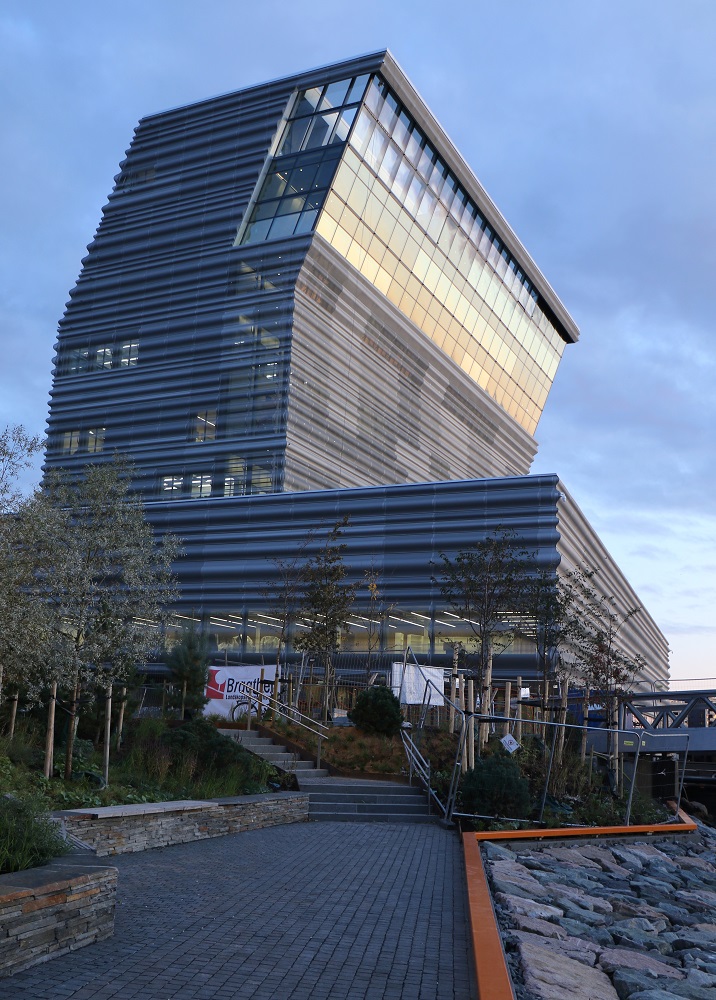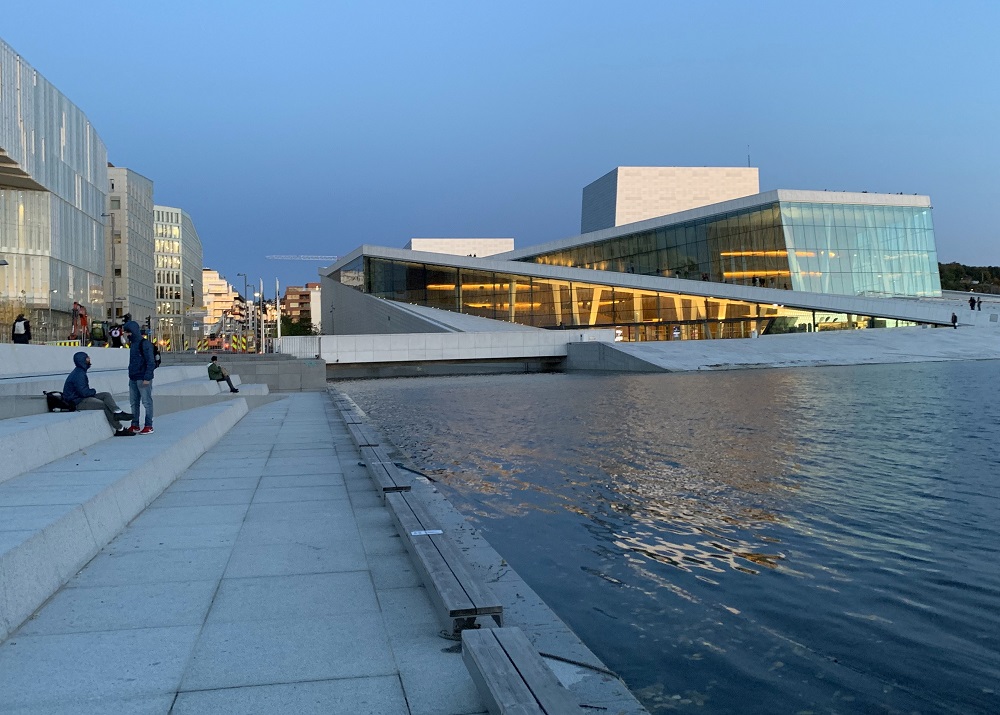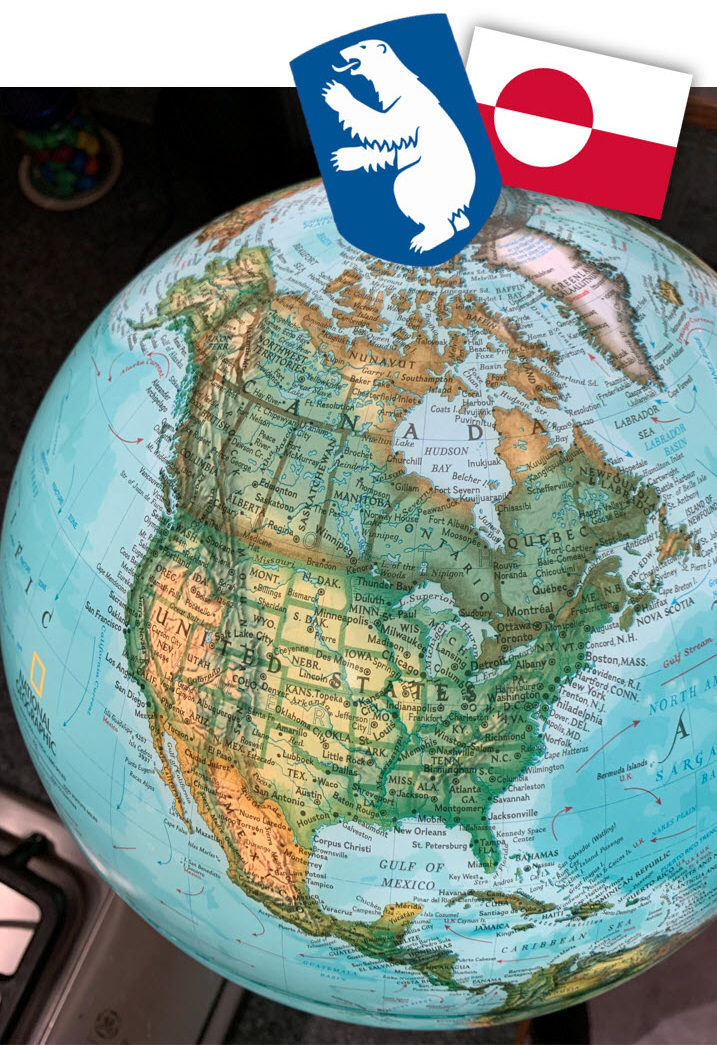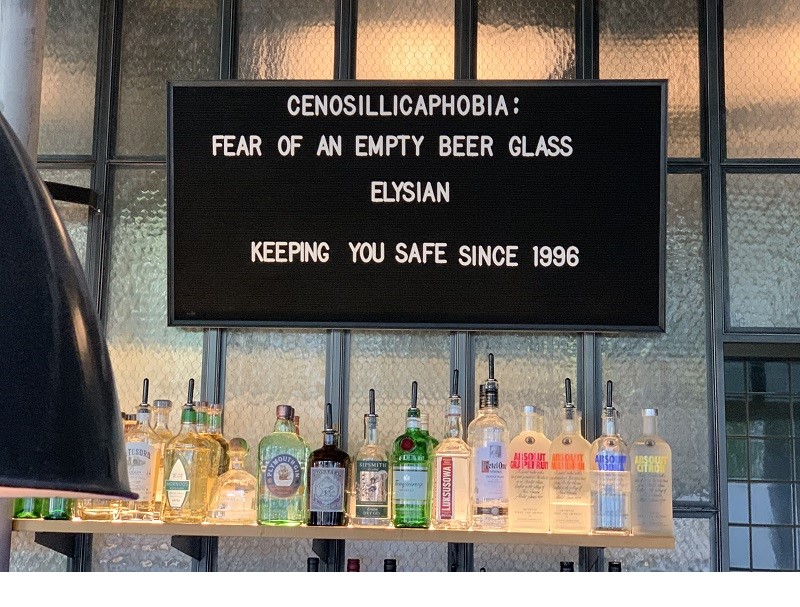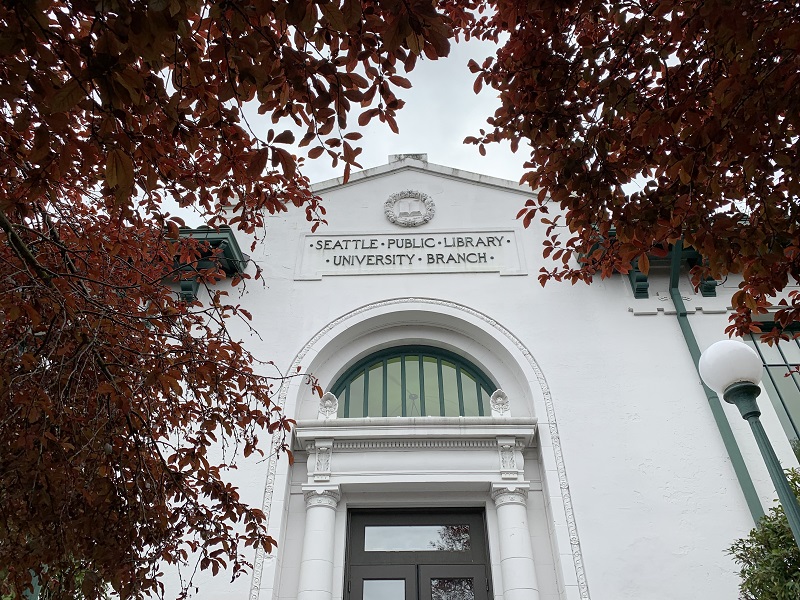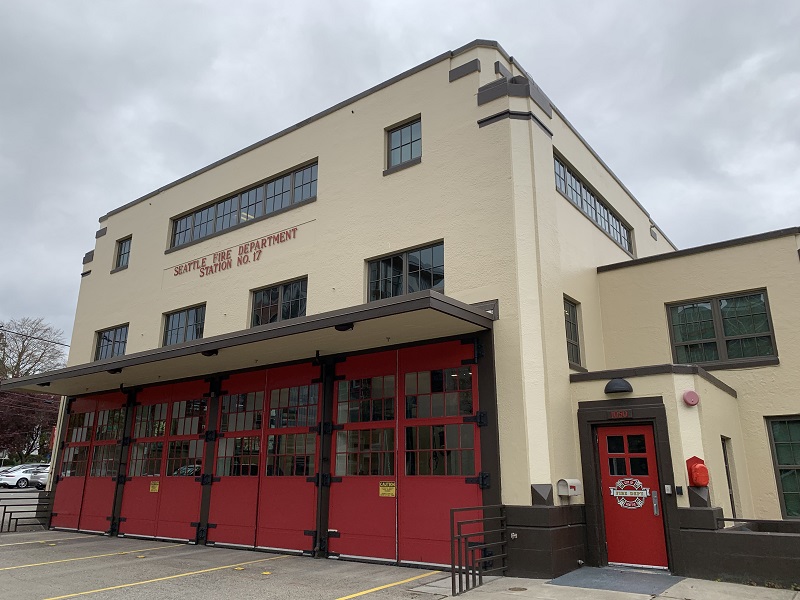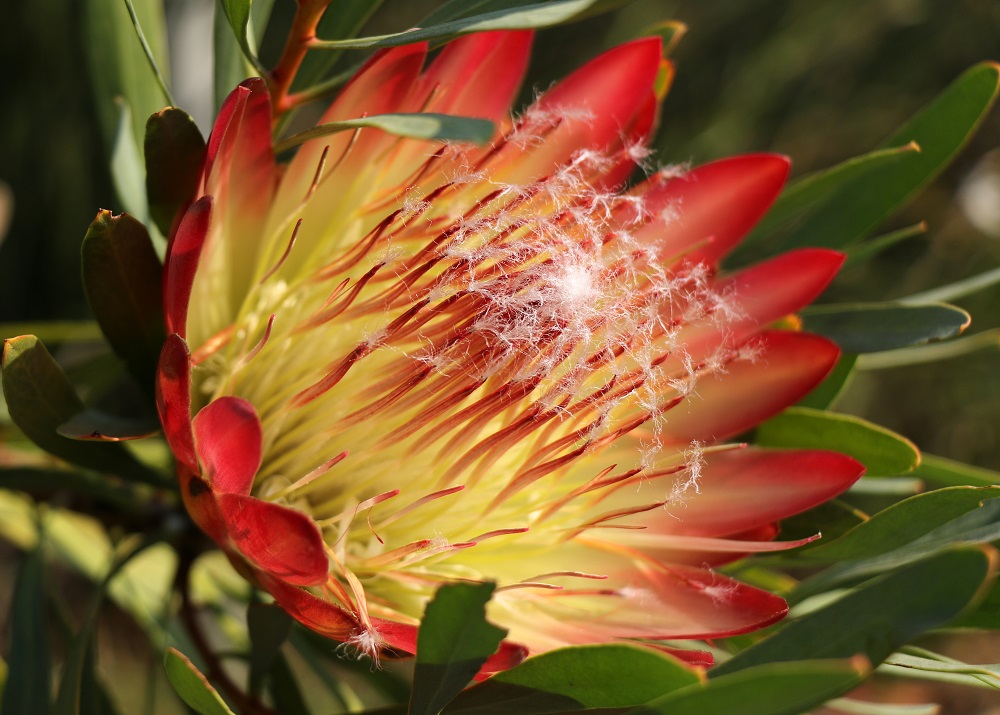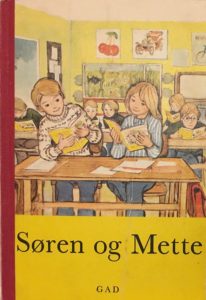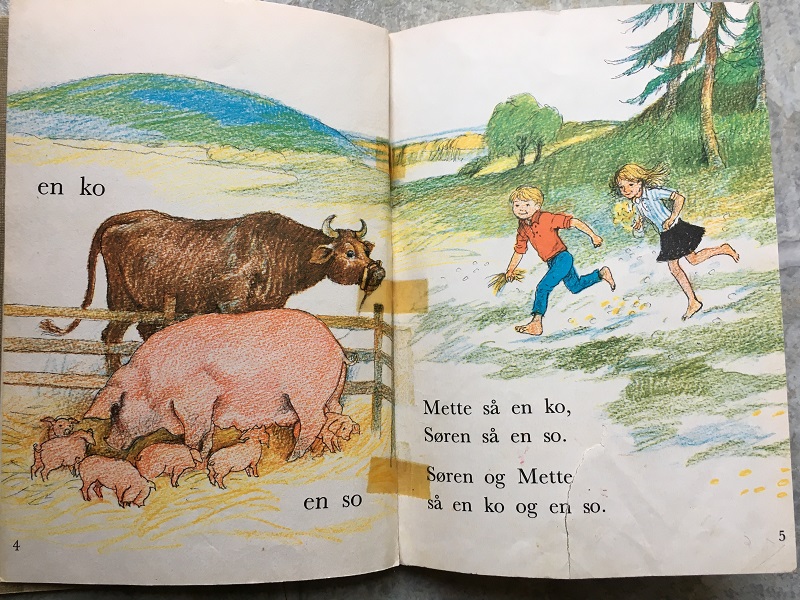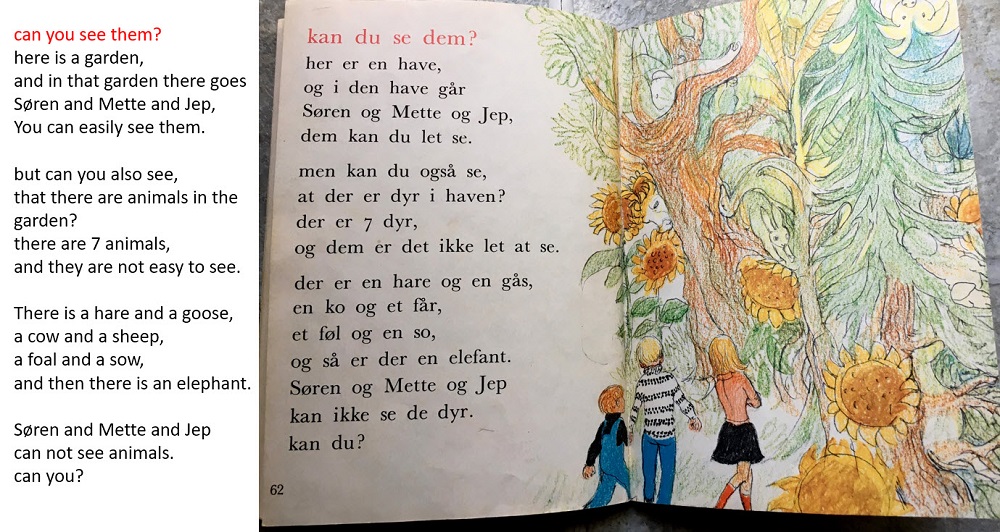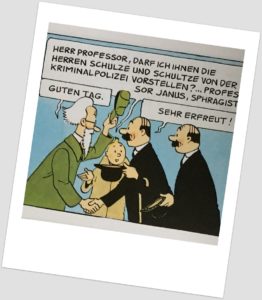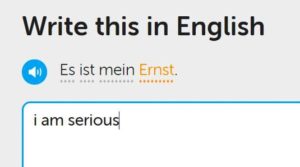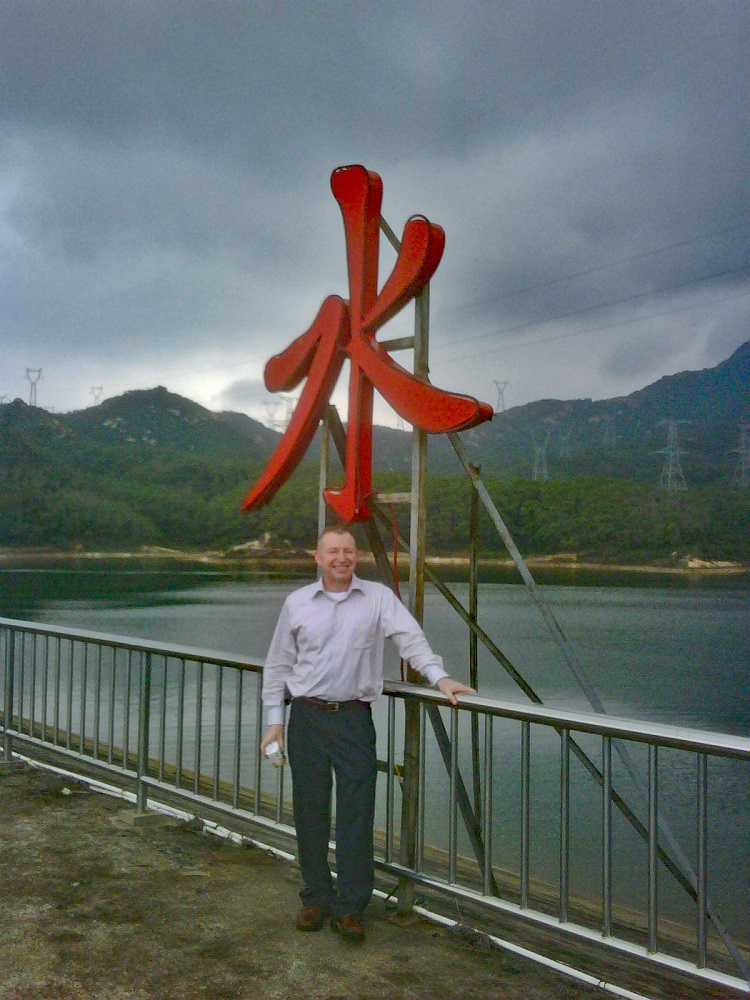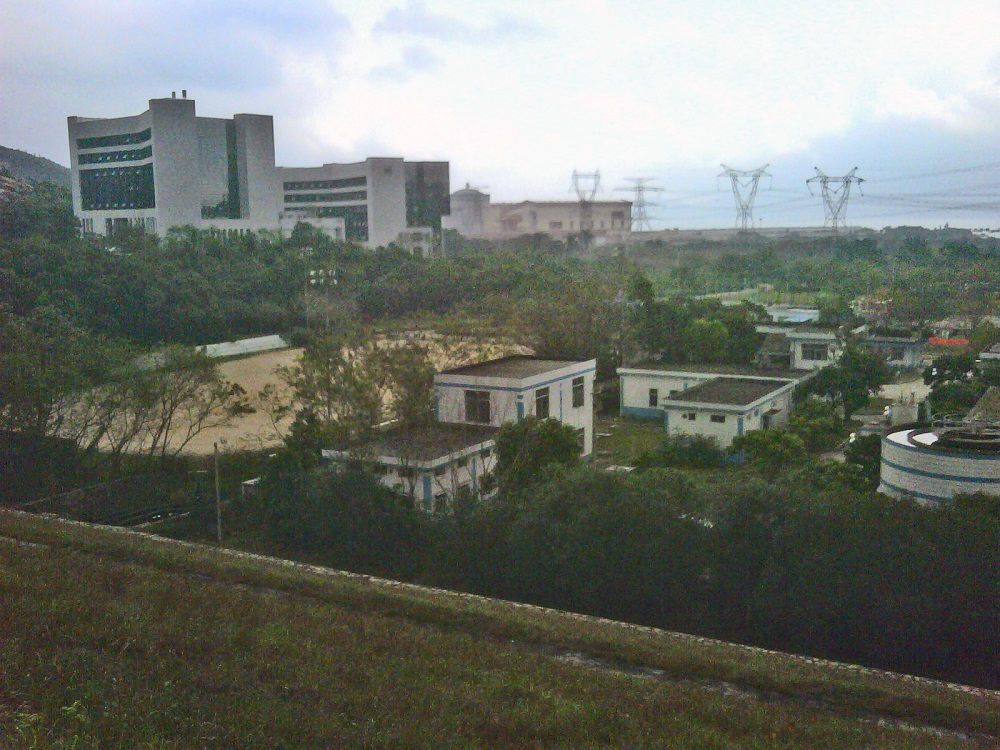This Scrabble game of me against ‘CPU’ (central processing unit) had an unusual ending: the computer had to pass the last 5 turns. It could not find a way to put even one of its 7 remaining tiles on the board.
I figured out which the final letters on CPU’s rack were: A A I I O O V Y. So yes, not a lot to work with. Even so, CPU still managed to beat me by a wide margin, 420-336. Earlier on, it had built two 7-letter words, GEMLIKE and TERNION, for 50 bonus points each.
Here are the meanings of some of the more unusual words on the board:
GI: a lightweight two-piece white garment worn in judo and other martial arts.
TERNION: the number three; three things together; a ternary or triplet.
JEHADIS: (plural) a person involved in a jihad; an Islamic militant.
TOFT: a site for a dwelling and its outbuildings; an entire holding comprising a homestead and additional land.
QIS: (plural) the circulating life force whose existence and properties are the basis of much Chinese philosophy and medicine.
TREMS: (plural) short form of tremolo (arm) on a guitar, a lever attached to the bridge of an electric guitar and used to vary the pitch of a note.
IGG: (slang) to ignore or snub (someone); a snub or rebuff.
FET: short form (acronym) for field-effect transistor, a transistor in which most current flows in a channel whose effective resistance can be controlled by a transverse electric field.
PERVO: (slang) a sexual pervert.
